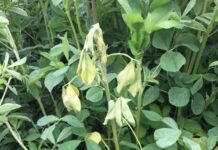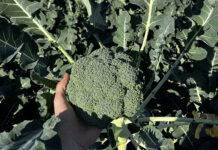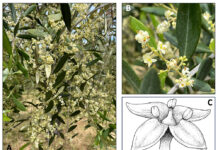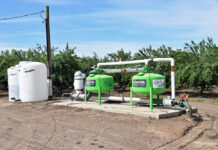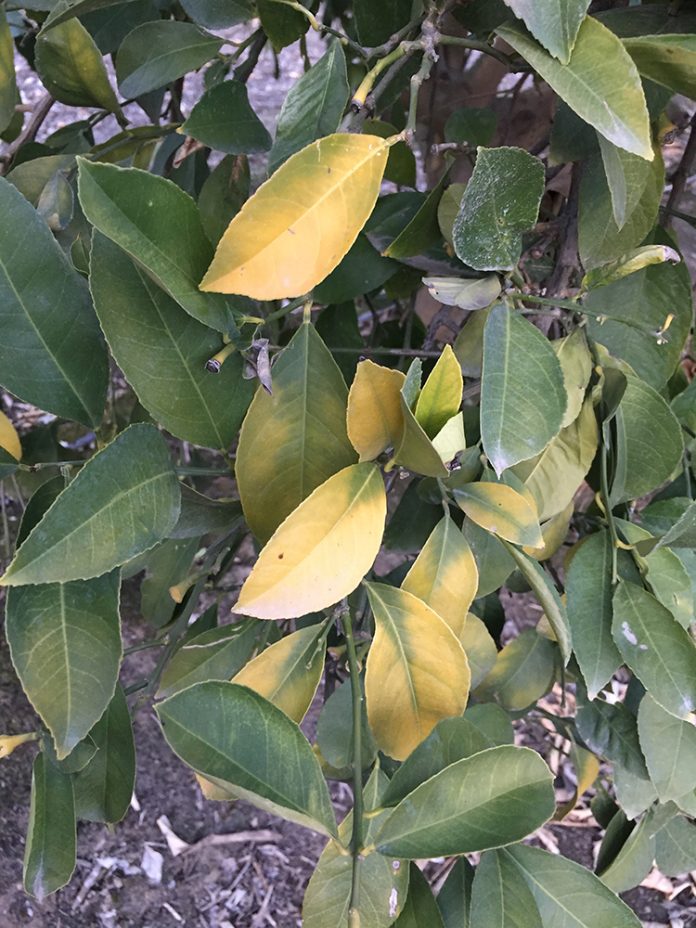
Biostimulant products come from things existing in nature which are useful as solutions to agricultural problems. They are seen as ways to meet challenges in nutrient use efficiency, managing crop stresses and arriving at the end goal of improving crop yield and quality.
These products have created some tension in the agricultural community, particularly around regulatory requirements because they don’t fit squarely into either of the two traditional crop input categories. They’re not fertilizers and they’re not pest control chemicals. The crop input industry is organized around these historical categories. So where do biostimulants fit in and how do we begin to understand how to work with them?
Admittedly, overreliance on fertilizers and chemicals creates several problems for agriculture. With yield and quality being the goal of everyone involved, biostimulants can supplement vigor and crop resilience and improve yield and quality while reducing the environmental load of potentially harmful materials.
The newer science of molecular biology helps us to understand what goes on in the machinery of a plant as it reacts to its environment. Depending on conditions and the availability of nutrients and other essentials, the plant’s genetic code conducts its commitment to growth, using polarity and gravity as directional forces. Von Liebig understood 200 years ago how nutritional shortages could limit yield. What we understand now is that nutrition is only part of the equation. We can have soil nutrient levels at optimum and still have growth stalled out if other requirements are not met. At the center of it all is the genetic code. The rate of growth depends on signaling by hormones and the activation of genes inside the plant as it senses conditions around it. Gene activity is increased, or suppressed, in response to nutrient status and other factors like hormone concentration and environmental conditions. It has been estimated that over 30% of all the genes in higher plants have something to do with hormones.
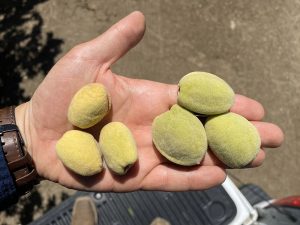
Cytokinin in the Plant
One category of biostimulants is products which contain natural hormones like plant extracts and seaweed. The growth hormone cytokinin (CK) is an active component in some of these products. In the plant, the level of available CK can be increased in two different ways: stimulating synthesis of larger amounts of natural CK or adding exogenous applications of CK-containing materials. Applications of CK-containing seaweed products have become mainstream over the last 40 years. This can help with several plant processes at various stages of growth.
Natural systemic CK is produced primarily in the meristematic zones of the roots and apical growth points and is needed for cell division and other processes throughout the growth cycle. It is needed for ongoing formation of all tissue and controls the size and shape of leaves, as well as the how the leaves are arranged on a stem. Whether plants grow from a crown or from a stock or trunk they benefit from higher CK levels. CK determines the number of cells and potential size of a leaf. For crops like leafy vegetables, the size, quality and shelf life of the crop rely on a constant supply of CK during growth. CK is the hormone associated with holding back leaf senescence and is known as the juvenility hormone.
CK also regulates chlorophyll synthesis in the leaves, and increased CK is known to improve photosynthesis. When we think about the influence that cell division also has on the size of the leaves, we realize CK is essential to the overall photosynthetic capacity of the plant. Photosynthesis is also supported longer in the growing season with senescence delayed by higher CK levels. We will also discuss the role that CK has in the transport of sugars to other parts of the plant. CK is important for plant processes and growth throughout the plant’s life cycle.
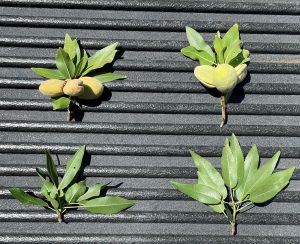
Besides the meristematic zones of the roots and apical tips, there is another place in the plant where CK is produced and plays very important roles. That is in the points where any new vascular tissue is being developed. Vascular tissue conducts the movement of water, nutrients and other solutes throughout the plant. CK is not only required for the formation and growth of new vascular tissue, it is also a regulator in the movement of photosynthates and other solutes through the phloem. Phloem tissue has associated companion cells which are responsible for metabolism and the regulation of phloem function including sugar transport. These companion cells are connected to the sieve tube elements and form bridges to exchange signaling for the transport of sugars from source to sinks. Simply stated, the presence of CK in younger tissue is what calls for the movement of energy and nutrition from the source to the sink.
Similarly, in flowering crops, CK is needed for the development of reproductive tissue and can increase bloom and flower retention. During these times in the growth cycle when new tissue is developing, a spike in the pool of available hormones is necessary. When flowering takes place in unfavorable conditions, the strength of the flowers and pollen is limited by the lack of CK. If adequate hormones are not available, the genetic potential of the plant is compromised. Pollen quality improves with higher levels of CK. Fertilization and the cell division which takes place immediately afterward require available CK. It’s well-established that the quality and size of fruits and nuts are improved by higher levels of CK for cell division at fruit set and the early growth stages afterward. A tighter cell density at this stage contributes to improved size and quality after cell enlargement and crop bulking take place.
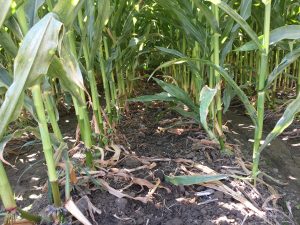
In Research
Several crops have to flower during hotter weather. Summer heat can take a toll on crop yield. Molecular research into the effects of high temperatures on crops during pollination was conducted by Stoller Group, now a division of Corteva Agriscience. It was found that genes responsible for production of enzymes which break CK down by oxidation become upregulated in the plant during higher temperatures. Under better conditions, as previously mentioned, the amount of CK in the plant peaks at the time of flowering to assist in the process of fertilization. Lower CK during hot weather diminishes pollen strength and reduces the shedding of pollen, and the resulting weakened embryos have a higher potential to abort. Infertility of flowers can result from heat-induced male sterility.
Stoller found supplying exogenous CK provided significant improvement to pollination during heat events. This strategy has been used extensively to improve pollination and grain or fruit set across a wide variety of crops by Stoller agronomists since this discovery 10 years ago.
CK is a biostimulant with benefits that have been discovered and researched extensively. Because of the many natural and bioidentical products containing CK, it serves as a great example of how biostimulant products can enhance and improve plant performance at different stages of growth. Increased understanding of plant physiology, molecular biology and genetics has led to many validations of biostimulant technologies to improve crop production and quality. CK products are only one example of the biological and biostimulant products which are entering the market and emerging as solutions to the problems of water and nutrient use efficiency, stress management, weather resistance and other improvements to crop yield and quality.



